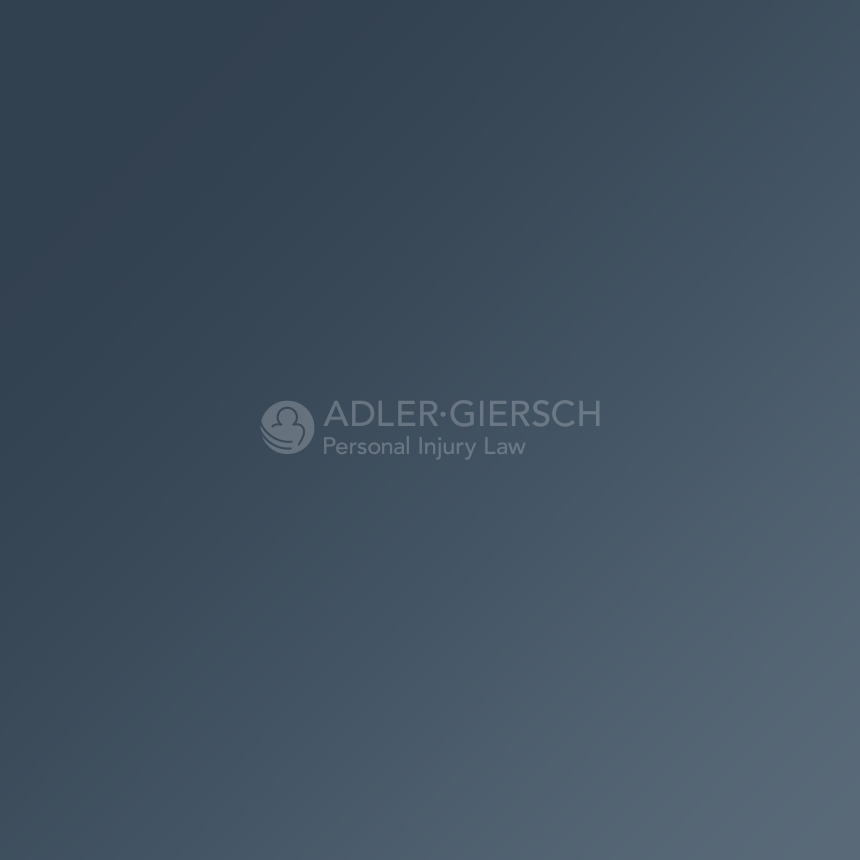By E. Paul Giersch, Attorney at Law
A study by researchers from the Department of Clinical Neuroscience at the Karolinska Institute in Stockholm, Sweden, published in November, 2000, reports on the association between exposure to a rear-end collision and future neck and shoulder pain.(Berglund, A, Alfredsson, L, et al. The association between exposure to a rear-end collision and future neck and shoulder pain: A cohort study. J Clin Epidemiol 2000; 53(11): 1089-94.)
The researchers used a study population of 318 individuals who had been exposed to rear-end collisions in 1987 and 1988. Of these, 136 had reported whiplash injury, and 182 had not. In 1994, questionnaires were sent to each, inquiring about their general health, without reference to the collisions seven years earlier. One question addressed neck and shoulder pain experienced within the preceding three months.
Each group of collision victims was compared to a separate, far larger group of subjects, none of whom had ever been exposed to a motor vehicle collision. These unexposed subjects received the same questionnaire.
Of the exposed, non-injured subjects, 14.0% reported pain at follow-up. 11/1% of the unexposed comparison group reported pain.
Among the exposed subjects with whiplash injury, 39.6% reported pain at follow-up, compared with 14.5% in the second unexposed group.
The authors of this study emphasized the need to include the unexposed comparison groups, particularly given the frequency of neck and shoulder complaints in the general population. Since other types of auto collisions (non rear-end) also cause injury, it was important to screen all subjects who had been in any type of auto collision. This helped to isolate the rear-end collisions and their effects.
The report of this study also refers to the Lithuania studies2 from the late 1990’s which also used an unexposed control group. Those studies revealed no significant difference between rear-end collision victims and unexposed subjects at follow-up. The present authors point out that the Lithuania researchers did not break the exposed subjects into injured and non-injured groups, and also failed to include enough subjects to allow detection of an increased risk of neck pain at follow-up of between 1 and 3 years (only 31 of 202 exposed subjects had remembered having had neck pain after the auto collision).
The study concludes that the almost threefold increase in the incidence of neck and shoulder pain among whiplash victims at follow-up, compared to the unexposed population, is the result of rear-end auto collisions.
CONCLUSION
This study adds to the already compelling body of evidence that whiplash injury does indeed cause increased risk of future neck and shoulder pain. Individuals who escape injury in rear-end collisions can apparently be reassured that they have no increased risk of future symptoms. Among the unlucky victims, however, who do sustain soft tissue injuries, approximately 40% will contend with neck and shoulder pain years into the future.
1. Schrader, H, Obelieniene, D, et al. Natural Evolution of Late Whiplash Syndrome Outside the Medicolegal Context. Lancet 1996; 347: 1207-1211.
2 Obelieniene, D, Schrader, H, et al.Pain After Whiplash: A Prospective Controlled Inception Cohort Study. J Neurol Neurosurg Psychiatry 1999; 66:279- 283.
Special thanks to Dr. Daniel Murphy for bringing this article to our attention.
